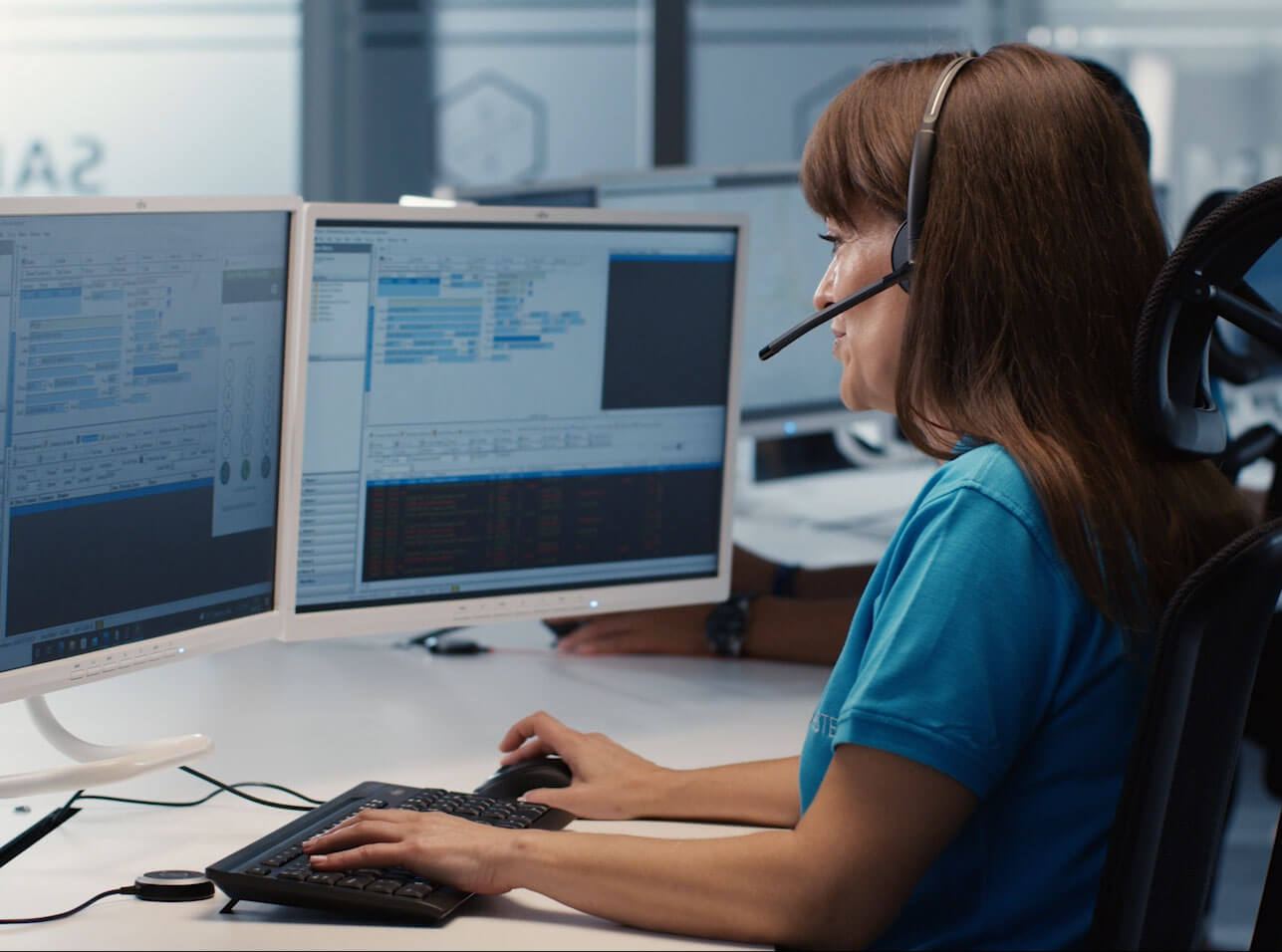Home telemedicine is an innovative technology that has revolutionized the way medical care is delivered and disease is prevented. Telemedicine offers a convenient and efficient solution, allowing patients to receive consultations and medical follow-up from home.
Using connected devices and apps, healthcare professionals can monitor vital signs, collect medical data and provide personalized recommendations, promoting proactive care and improved quality of life.
What is telemedicine?
Telemedicine is a field of medicine that uses information and communication technologies to provide remote medical care services. It consists of carrying out medical consultations, diagnoses, follow-up and treatment of patients through electronic devices, such as smartphones, computers or tablets, which are connected to the Internet. A tool to help in this field would be the telecare services offered by SICOR Teleasistencia El Corte Inglés, which offer services both inside and outside the home. You can consult them here.
Benefits of telemedicine
Telemedicine offers a wide range of benefits that have transformed the way healthcare is delivered. Some of these benefits include:
- Improved access to medical care: Telemedicine allows patients to access medical care regardless of their geographic location. It is especially beneficial for people living in rural or remote areas, where access to medical specialists may be limited. It also facilitates access to medical care for those with reduced mobility.
- Increased comfort and convenience: With telemedicine, patients can receive medical care from the comfort of their homes, saving time, reducing stress and increasing quality of life by allowing greater flexibility in scheduling appointments.
- Cost reduction: Telemedicine can help reduce costs for both patients and healthcare providers. By avoiding travel and face-to-face visits, expenses related to transportation and parking are reduced. In addition, additional expenses such as time off work or child care can be avoided.
- Timely and prompt medical care: Telemedicine enables faster and more timely medical care. Patients can schedule appointments more easily and receive care in a shorter timeframe, which can be crucial in emergency situations or when immediate medical attention is needed. In addition, by enabling remote follow-up and monitoring of patients, healthcare professionals can quickly detect and respond to changes in a patient's condition, preventing complications and improving health outcomes.
- Continuous follow-up: Telemedicine facilitates continuity of care by enabling regular follow-up of patients over time. Physicians can monitor and manage chronic diseases, adjust medications and follow up on treatments, all without the need for patients to physically attend appointments. This improves patients' quality of life and reduces the need for hospitalizations or emergency visits.
In which cases is telemedicine usually used?
Telemedicine is used in a wide variety of cases and situations, and its application can benefit patients with various diseases and medical conditions. Some of the cases in which telemedicine is used are:
- Primary care consultations: Telemedicine is used for routine medical consultations, such as initial diagnoses, chronic disease monitoring, prescriptions, healthy lifestyle guidance and preventive advice. This provides patients with fast and convenient access to primary care services, avoiding unnecessary travel and reducing waiting times.
- Mental health and psychology: Telemedicine has proven to be particularly useful in the field of mental health and psychology. It allows patients to access therapy and consultations with mental health professionals from the comfort of their home, which can be especially beneficial for those who face emotional or logistical barriers to an in-person consultation.
- Chronic disease monitoring: For patients with chronic diseases such as diabetes, hypertension, heart or lung disease, telemedicine offers an efficient means of monitoring and control. Patients can share their vital data and symptoms with their physicians through remote monitoring devices, enabling constant supervision and real-time treatment adjustments.
- Emergency care and care in remote areas: In emergency situations or in remote areas where access to medical care is limited, telemedicine plays a vital role. Healthcare professionals can provide real-time guidance and support through online communications, which can help stabilize patients before they can receive physical medical care.
- Second medical opinion: Telemedicine makes it easier to obtain second medical opinions, allowing patients to consult experts and specialists in different areas without having to make long distances. This gives patients greater confidence in their diagnoses and treatment options.
Telemedicine is used in these cases and others for a number of reasons. First, it provides convenience and improved access to medical care, eliminating geographic barriers and reducing waiting times. In addition, it offers the possibility of rapid medical care, especially in emergency situations, as with SICOR's advanced telecare services from SICOR teleasistencia El Corte Inglés, which offer effective real-time comprehensive telecare and relief situations. It can also reduce costs for both patients and healthcare providers by avoiding travel and optimizing the use of resources. Overall, telemedicine improves patients' quality of life and provides a more efficient, patient-centered approach to medical care.
